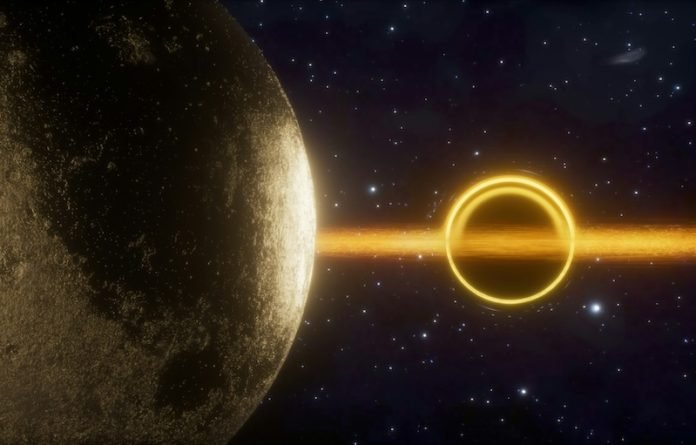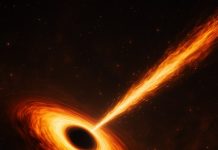
The James Webb Space Telescope has delivered some groundbreaking insights that could rewrite our understanding of the universe’s earliest days.
According to a recent analysis, black holes, contrary to previous beliefs, might have been fundamental forces in the cosmos right from the start, playing a crucial role in the formation of stars and galaxies.
Joseph Silk, a renowned professor of physics and astronomy, spearheaded the study that brings these new revelations to light. The traditional view held that black holes emerged following the formation of the first stars and galaxies.
However, Silk and his team’s findings suggest that black holes were present at the universe’s dawn, acting not just as remnants of celestial processes but as catalysts that significantly sped up the birth of new stars during the universe’s first 50 million years—a blink in its 13.8-billion-year timeline.
These early black holes are now seen as more than just cosmic oddities; they are thought to have been the “seeds” or “building blocks” for the earliest galaxies. This theory posits that black holes acted as enormous amplifiers for star formation, challenging our previous conceptions of galaxy formation.
The evidence for this comes from observations made by the Webb telescope, which shows distant galaxies from the universe’s infancy shining much brighter than expected, teeming with young stars and supermassive black holes.
The implications of these findings are profound. If black holes and galaxies co-evolved in the universe’s nascent stages, it would mean a significant overhaul of our understanding of cosmic history.
The early universe, according to Silk’s analogy, would have been a place where black hole outflows compressed gas clouds into stars at an unprecedented rate, explaining the unexpected luminosity of these ancient galaxies.
Black holes, with their immense gravitational pull, are capable of creating violent storms in space, ejecting plasma and acting like colossal particle accelerators.
This activity around early black holes could be the key to why the Webb telescope has detected more of these objects and brighter galaxies than anticipated.
Silk’s team theorizes that the universe underwent two distinct phases in its early development.
Initially, black hole outflows spurred rapid star formation, which then slowed down as these outflows transitioned into a more energy-conserving mode, reducing the gas available for star creation in galaxies.
This two-phase process provides a plausible explanation for the formation of incredibly bright early galaxies, a phenomenon that has puzzled scientists.
Looking ahead, the team is optimistic that further observations by the Webb telescope will not only validate their findings but also shed more light on the universe’s evolution.
The relationship between black holes, stars, and galaxies is a complex tapestry that scientists like Silk are just beginning to unravel.
With more precise data expected in the coming year, the astronomy community is on the cusp of answering some of the most fundamental questions about our cosmic origins and the intricate dance between light and gravity that has shaped the universe.
The research findings can be found in The Astrophysical Journal Letters.
Copyright © 2024 Knowridge Science Report. All rights reserved.



